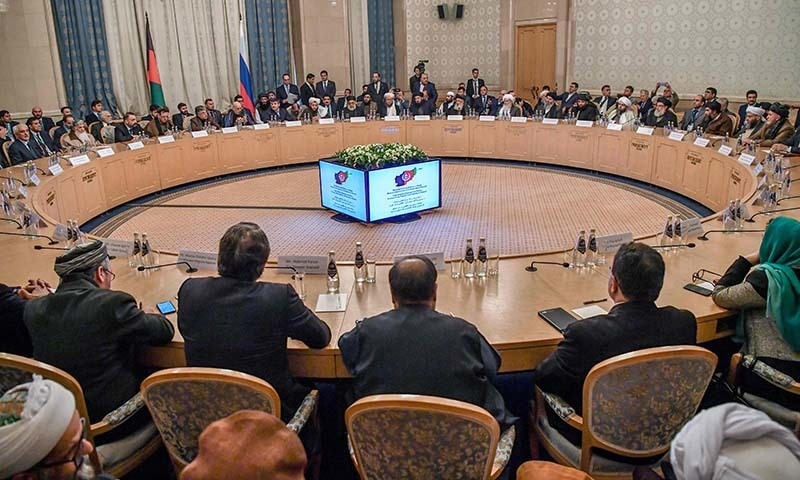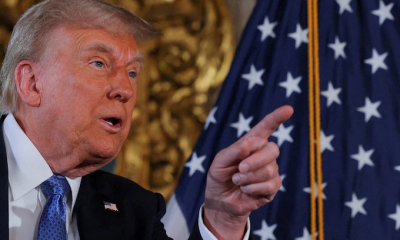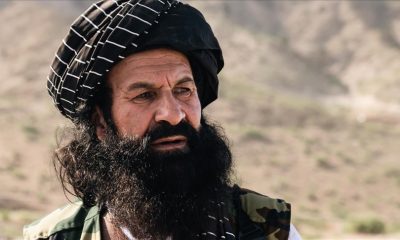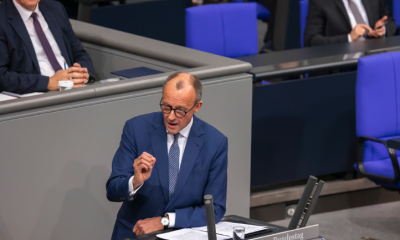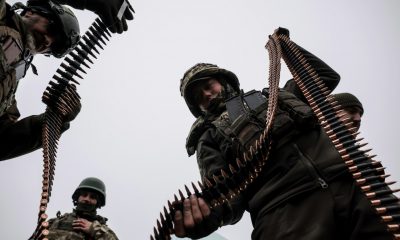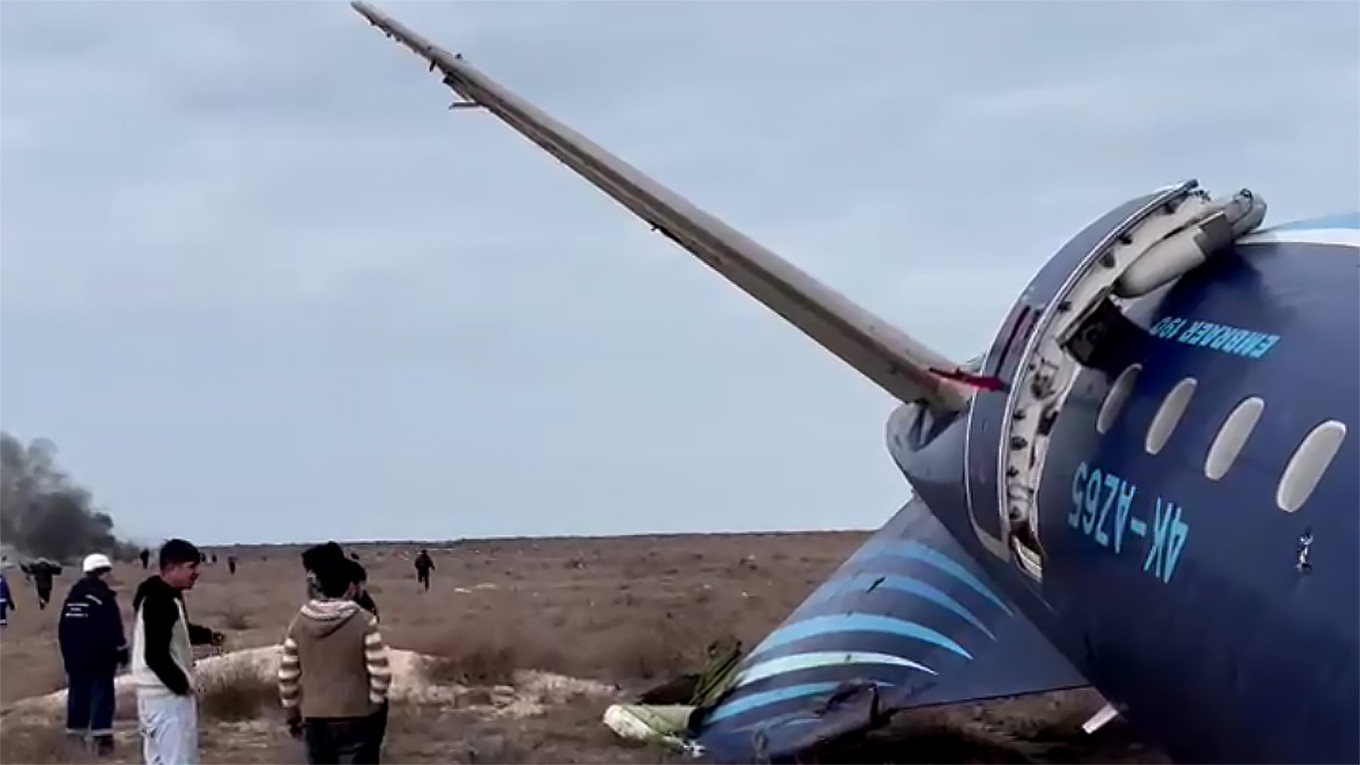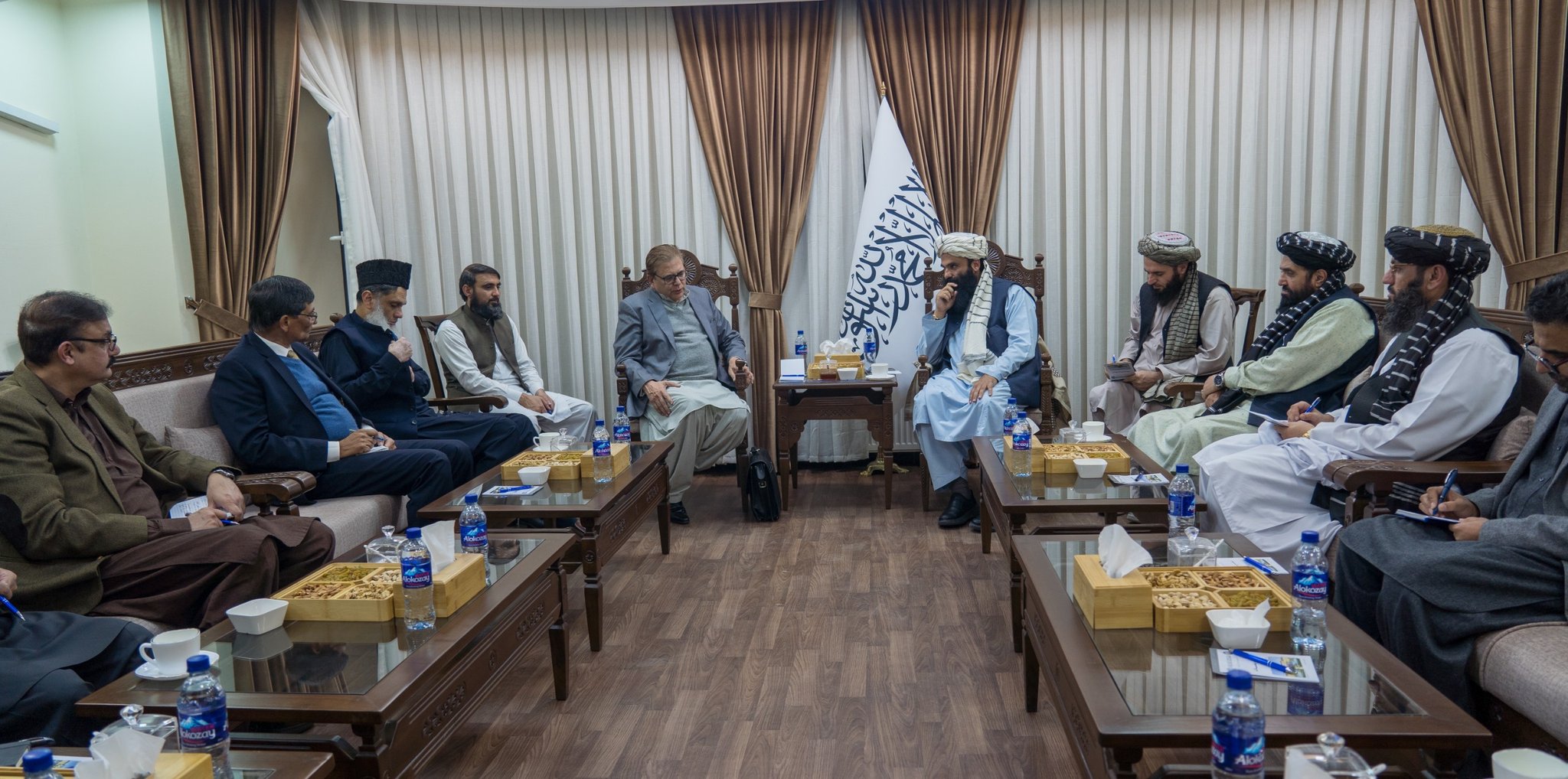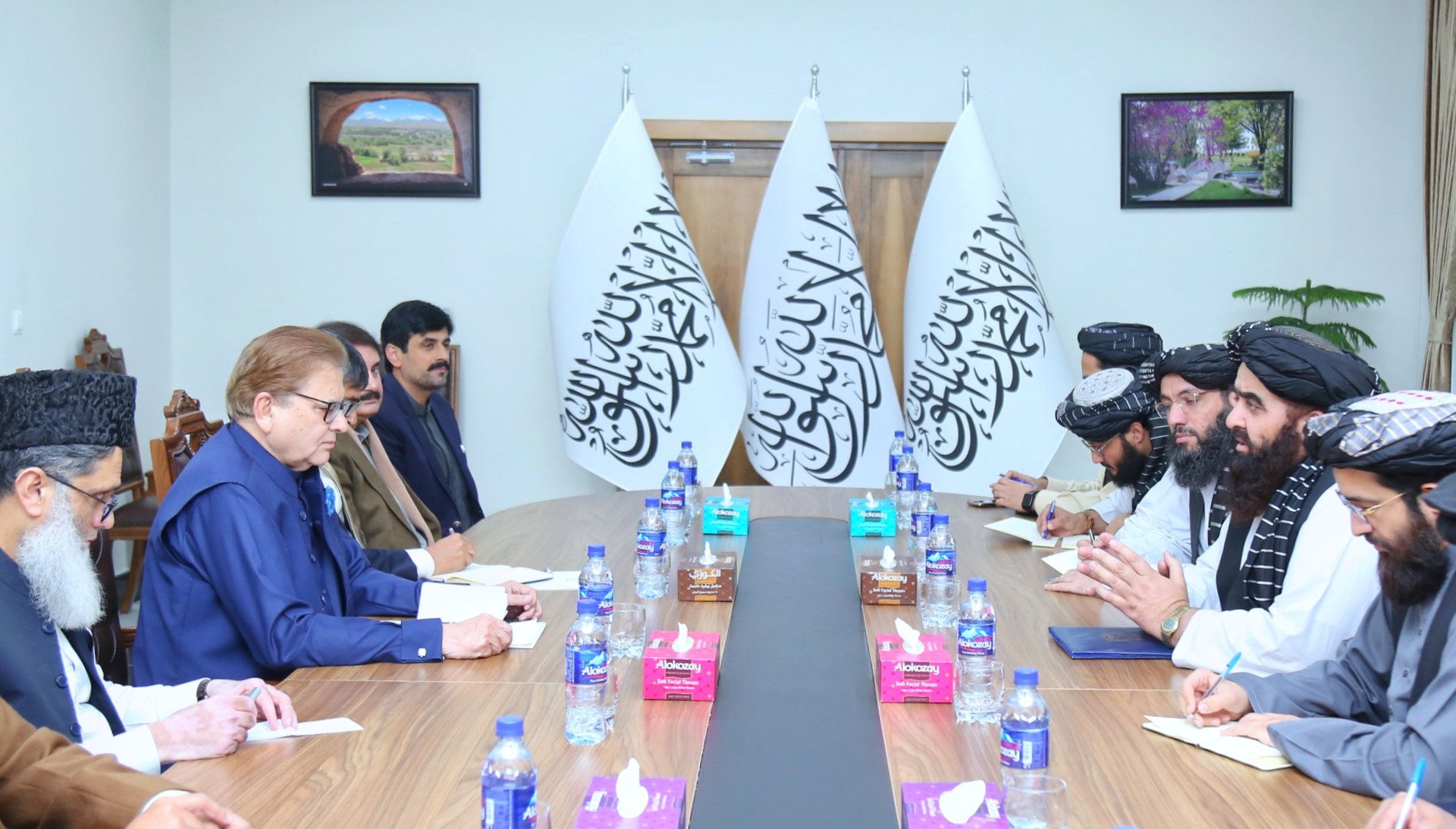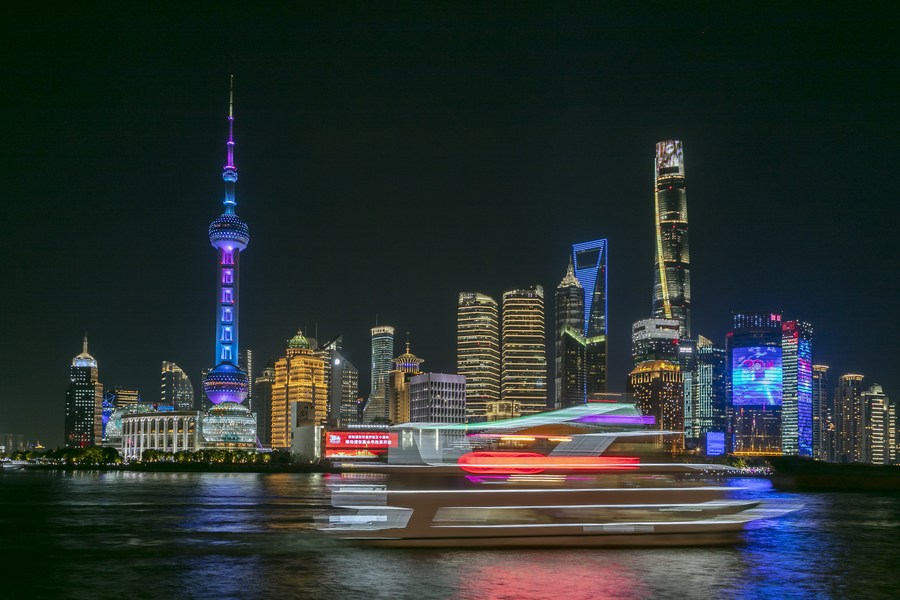Three years have passed since the fall of the “Afghanistan Republic” following the victory of the Taliban after over 20 years of deadly fighting against the US forces and the then Afghan security forces. The Taliban entered Kabul, the capital city, on 15 of August 2021, following the withdrawal of US troops from Afghanistan in a hasty way. At the outset, the Taliban announced amnesty to everyone including the Afghan politicians, former soldiers and those who worked for the US and other foreign troops in Afghanistan in the last 20 years. The Taliban called on the exile-Afghan politicians to return back to their country under full protection of the Taliban. However, it seems, no politician was willing to go back rather they called for resistance against the Taliban.
Meanwhile, some politicians formed new political parties with different names to fight against the Taliban, while some of them remained silent and opposed armed resistance against the Taliban.
Military fronts have also formed against the Taliban and it seems that they have failed to create a serious challenge to the government of Taliban. Now, on the three-year anniversary of the fall of the Republic, a look at the three-year track record of anti-Taliban movements and fronts is being taken.
Supreme Council of National Resistance of Afghanistan
Afghanistan’s national resistance movement is one of the first anti-Taliban political movements in which political figures and jihadi leaders have gathered.
This council announced its existence very soon after the fall of the Afghan government. Key political figures including Atta Mohammad Noor, Mohammad Mohaqeq, Marshal Dostum, Ahmad Massoud, Ahmadwali Massoud, Ahmadzia Massoud, Abdul Rab Rasool Sayyaf, Salahuddin Rabbani, Mohammad Younis Qannoni, Mohammad Sarour Danesh, Abdul Latif Pedram, Mir Rahman Rahmani, Mohammad Alam Izdiyar, Hazrat Ali and a number of other political figures are members of the council.
This council, which is known by its full name “Supreme Council of Resistance for the Rescue of Afghanistan”, has continuously followed the major political issues of the country since its establishment and has reacted to those issues by issuing declarations in many cases.
The main desire of this council is the presence of all ethnic groups living in the country in political organizations and their participation in power. In order to achieve this goal, this council has proposed the establishment of a political system based on elections and has asked the Taliban to come to the intra-Afghan dialogue and negotiate about the future political system. This was rejected by the Taliban at the very beginning of the formation of this council.
This council and its prominent members have always said that their priority is to negotiate to solve the political problem of Afghanistan, but if the Taliban do not engage in negotiations and do not make a positive change in their behavior and policy, they will inevitably resort to the military option.
However, the Taliban said that there is no need to talk about the situation of Afghanistan abroad, and called on them to return to Afghanistan and they will carry talks on the structure of the government inside the country.
National Peace and Justice Movement
The National Peace and Justice Movement political party announced formation by holding an online meeting a year ago. Among the prominent members of this organization are Mohammad Haneef Atmar, Mohammad Masoom Stanekzai, Nisar Ahmed Ghoryani, General Khodadad, Mobarez Rashidi, General Murad Ali Murad, Salamat Azimi, Alam Sai, Seyyed Nurullah Sadat and several other officials of the previous government.
The goal of this political movement is to achieve a system based on people’s votes, and the way to achieve it is the Taliban’s adherence to their commitments in the Doha Agreement between the Taliban and the United States.
This political organization, which has completely excluded war from the options, has not said that if the Taliban do not stick to their commitment, what means and solutions do they have to reach the government based on people’s votes. Although Jalil Shams was mentioned as its temporary head at the time of the announcement of the existence of this political movement, but the speculations are that Mr. Atmar and Mr. Stankzai are in fact in charge of its management and leadership.
However, after this movement announced its existence, it is no longer present in the political and media environment, even to the extent of reacting to cases in news announcements, although it is not completely absent. For example, after a long time, after the United Nations published a report on the functioning of the Ministry of Propagation of Virtue and Prevention of Vice, this political movement reacted to it and called the Taliban’s behavior “playing with the religion of Islam” in a statement. This was the only reaction of the national peace and justice movement in 2024. However, this political organization announced that they have formed a coalition with four other political currents under the name “Afghanistan National Movements Coalition” whose desire is to form a government based on people’s votes.
Justice and Freedom Party of Afghanistan led by Sarwar Danesh
Mohammad Sarwar Danesh, the second vice president of Ashraf Ghani from 2014 to 2021, after he left the country on the day of the fall of the Afghan government, he created a political current outside the country called the “Justice and Freedom Party”. As far as the information is available, the members of the leadership of this party are mostly those who were close to Mr. Danesh in the government under the leadership of Ashraf Ghani, including his advisers in the second vice-president.
When Danesh was the vice president of Ghani, changing the political structure from a centralized presidency to federalism with the aim of horizontal distribution of power had become a relatively serious demand at the country level.
At that time, some political parties and the people of Afghanistan continuously emphasized on changing the structure to a federal one, but Mr. Danesh considered it to the detriment of Afghanistan and said that the ground for establishing such an order in the country is not favorable. But now he leads a party whose main goal is to achieve federalism in Afghanistan.
National Resistance Front of Afghanistan led by Ahmad Masoud
On August 15, 2021, when Kabul fell to the Taliban, most of the politicians were deported or evacuated to the foreign countries, but a number of politicians and officials of the previous government went to Panjshir province to start resistance against the Taliban, where it had not yet fallen into the hands of the Taliban. Amrullah Saleh, the first vice president of Ghani, Basmullah Mohammadi, the defense minister of the previous government, and Fazal Ahmed Manavi, the justice minister of the previous government, were prominent government officials who went to Panjshir with a number of former military forces and launched the “Afghan National Resistance Front” under the leadership of Ahmad Masoud
Mr. Saleh claimed the presidency and said that according to the constitution, if the president dies, flees or resigns, his first vice president becomes the interim president. The main goal of this front is to establish a moderate and decentralized Islamic democratic system with respect for human rights and women’s rights. The National Resistance Front first entered into negotiations with the Taliban, but very quickly the issue turned into a frontal war.
On September 6, the Taliban launched an all-out attack and took control of Panjshir, and the last province of Afghanistan also fell into the hands of the Taliban. At the same time, the leaders of the National Resistance Front went abroad, but some of its commanders remained in the field with their military forces and continued to fight against the Taliban. The focus of the war was on parts of Panjshir, Andrabs of Baghlan province and part of Takhar province.
In this war, several prominent commanders of the National Resistance Front, including Commander Malek Dara, Commander Tahir, Commander Khair Mohammad Khairkhah, and some others, were killed along with some of their foot soldiers.
Common failure of anti-Taliban movements
From the very beginning, it was clear that the anti-Taliban movements simply cannot stand together and unite. The creation of so many parties and political or military currents is the most obvious reason for this fragmentation. The current chaotic situation of the Afghan society can also be seen in the face of the anti-Taliban currents.
They can’t trust each other, they don’t accept other leadership and they haven’t been able to get popular support. They are not even in the same page regards to engagement with the Taliban. Some of them in support of a large-scale military operation, while other says war is not the solution, and at the same time the Taliban are saying they are willing to talk with the former politicians but they want this to happen inside the country. The Taliban says that this is an internal issue and must be resolved in the country.
Meanwhile, there is a common perception that these former politicians cannot unite or trust each other and also all of them want to lead the leadership. This common weakness has made the anti-Taliban currents unable to challenge this group in the last three years.
Worth mentioning that some of those who lead the anti-Taliban parties own real estate in Afghanistan under the control of the Taliban, which probably affected their performance.
On the other hand, these people, most of whom held high positions in the previous government of Afghanistan, just as they took the bitter experience of failure with them outside the country, they also took with them the bad memories of accusing each other, negative rivalries and disruptions. Some of them, who have been seen around the country’s politics for years, are accused in public opinion and do not have very defensible cases. Instead of focusing more on people’s power and trying to win people’s trust, these currents and fronts have tried to win foreign support, but they have failed.
Anti-Taliban moments and fronts have failed to gain the trust and support of foreign powers because they have not united and, according to foreigners, have not been able to form an alternative to the Taliban.
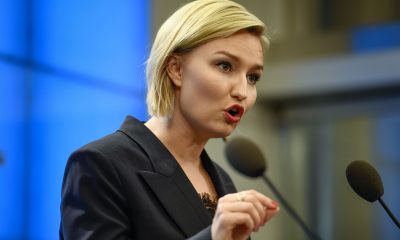
 EUROPE2 weeks ago
EUROPE2 weeks ago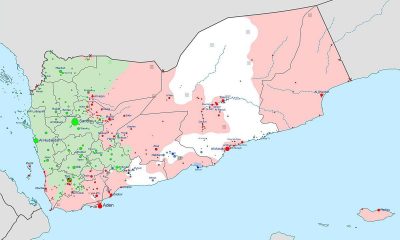
 MIDDLE EAST2 days ago
MIDDLE EAST2 days ago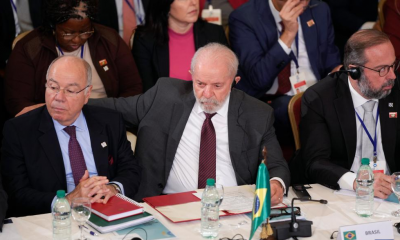
 OPINION2 weeks ago
OPINION2 weeks ago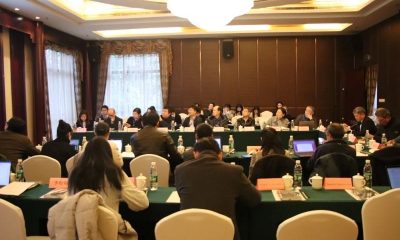
 ASIA2 weeks ago
ASIA2 weeks ago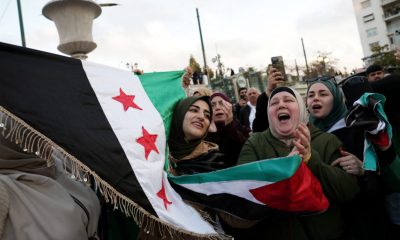
 MIDDLE EAST2 weeks ago
MIDDLE EAST2 weeks ago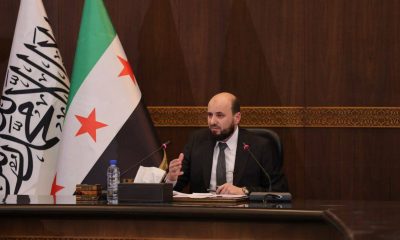
 MIDDLE EAST2 weeks ago
MIDDLE EAST2 weeks ago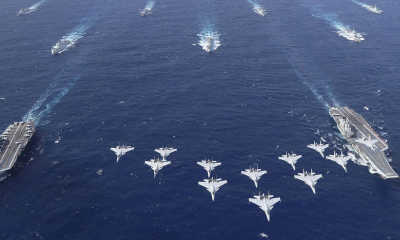
 ASIA2 weeks ago
ASIA2 weeks ago
 INTERVIEW1 week ago
INTERVIEW1 week ago
